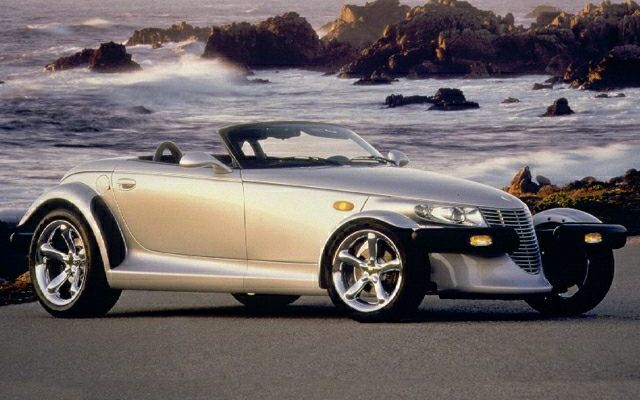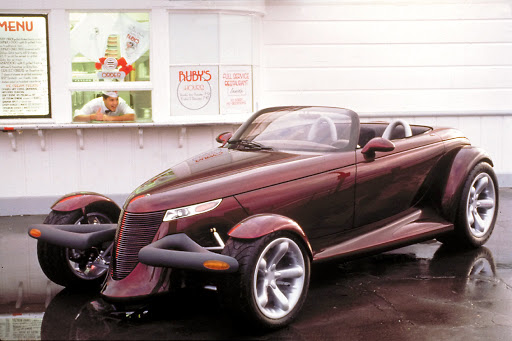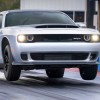
Was The Plymouth Prowler Really That Bad?
With retro styling that looked more fitting for a cartoon than an actual production piece, the Plymouth Prowler proved to be better for “show” than “go.” It was produced during the late 90s, a time when boxy and otherwise bland cars roamed the streets. And while the Prowler stood out, it was discontinued after only a five-year run, which made us wonder: Was it really a bad car?
A Chrysler parts bin

The Plymouth Prowler was designed to be reminiscent of the hot rod era of the 1950s. The engineers at Chrysler were given free rein to create a “roadster” type car and the former head designer, Tom Gale, is the person that ultimately approved of it.
In a Road and Track interview, Gale was quoted saying, “The whole thing was really an exercise in research for how to use aluminum materials. When you look at how the frame rails were done, how the A-arms were cast, they were all special-purpose pieces made with production tooling.”
In essence, the Prowler was as much of an engineer’s plaything as it was a research and development tool. When the engineers were given the go-ahead to make the car, they took the 1993 concept car that they already designed and ran with it. The only issue was funding, which was mostly spent on creating the car using aluminum, which partly explains why they used a multitude of parts from other Chrysler vehicles, including the window switches and vents, to complete the Prowler.
It improved over the years
The Plymouth Prowler debuted in 1997 and reviewers criticized it for its V6 engine and lack of manual transmission option, the fact that it only came in purple didn’t help either. Only a few hundred sold that year and the Prowler ended up going away for 1998, only to return in 1999 with a revised V6 engine.
The newer 3.5-liter V6 produced 253 horsepower (compared to 214 in 1997) and was mated to a four-speed automatic transmission that sent power to the rear wheels. Other critiques that were made about the Prowler were aimed at the harsh ride and suspension. So in 2000, the car was refreshed with newer springs, shocks, and tires, which made the car handle better and ride smoother. New paint options were offered as well.
Where did it go wrong?
As with most niche cars in automotive history, the Prowler proved to be just that; a niche car. It was unique and beautiful, but not very practical, and while any car collector would love to have it in their collection, an average suburban family would not. At the end of its production, in 2002, only 11,700 units were sold. Hence, the need for Chrysler to ax it from the lineup.
However, current Prowler owners seem pretty happy with the car. Most of them enjoy the sheer novelty of driving a retro-styled, hot rod-type car. It seems that in the afterlife, the Prowler finally found its niche.
Is it worth it to buy one now?
The Prowler stayed mostly the same throughout its production cycle from 1999-2002 as did pricing for it. It was priced around $44,000 when it was new. That was a pretty lofty price tag for that time period, however, you can now find them on the used market for around $20,000 and up to $50,000 depending on the mileage and location.
If you want a unique piece of automotive history that looks better than it drives, then yes, it’s worth it. But if you’re looking for something in a daily driver, then we would advise you to look elsewhere.



